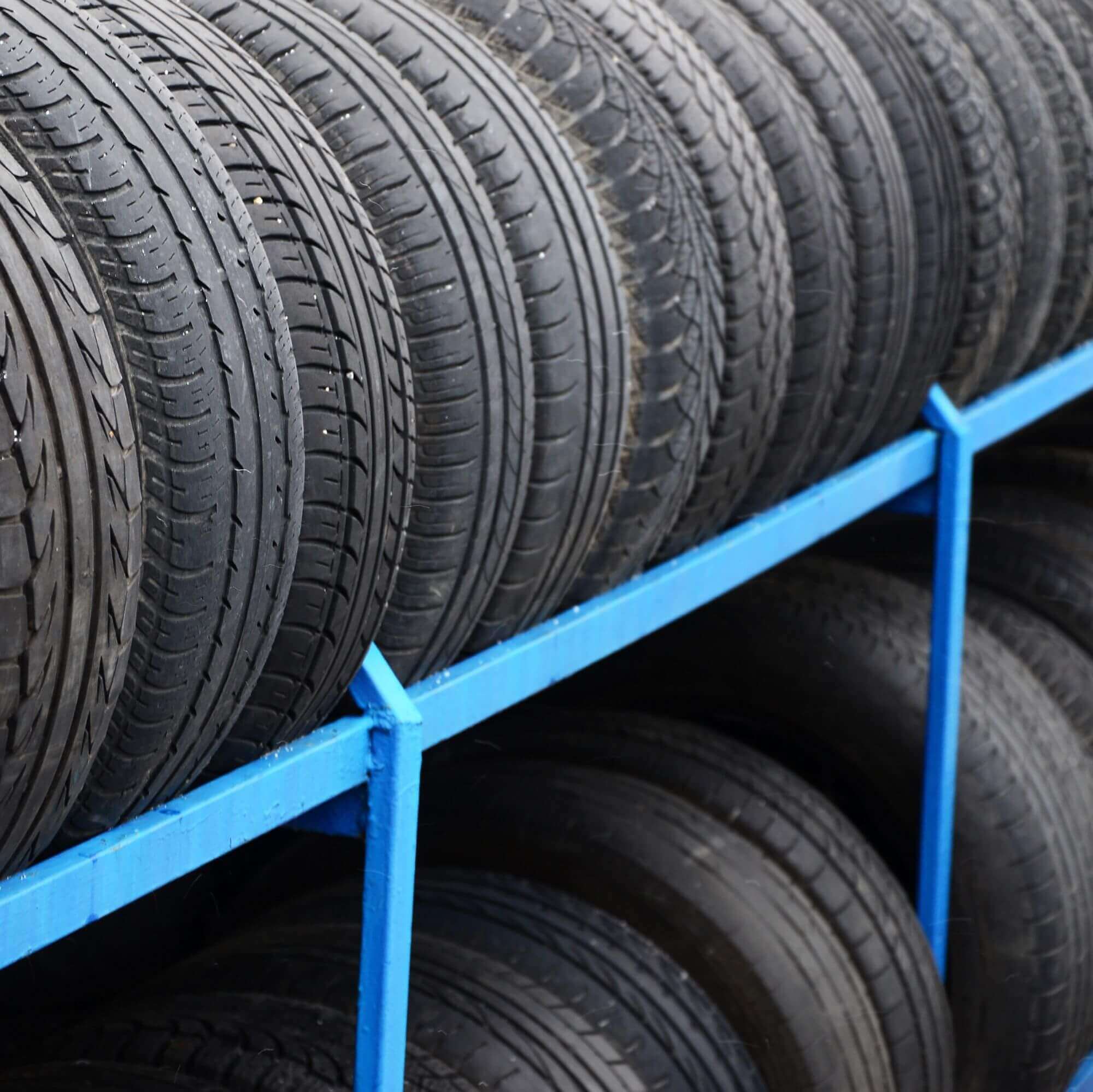No more landfills filled with tires!

With 290 million tires discarded in the US annually, transforming mass waste into a selection of practical solutions comes hand-in-hand with an endless list of benefits. Ultimately, tire recycling plays an active role in creating a greener future for the children of tomorrow, from the environmental impact to keeping our communities safe.
No more landfills filled with tires!
With tires responsible for taking up to 75% of landfill space due to their bulky size and round shape, eliminating rubber from landfills will have the invaluable benefit of freeing up space for non-recyclable items. Reducing unsightly waste, keeping our landfills to a minimum will have a positive impact on wildlife, pollution, and disease.
Halt the spread of diseases.
More than a provision for the future, ensuring your discarded tires find the right home will play a role in keeping your loved ones healthy. Providing a sanctuary for unwelcome visitors, disused tires encourage the reproduction of vermin, enhancing the spread of disease in your local area. According to Kim Biggs of the Illinois Environmental Protection Agency, one tire can produce more than 10,000 adult mosquitoes. A community savior, proper disposal is vital.
A better future.
The key to sustainability, re-purposing disused items is not just ethically encouraged, but useful too! From a one-of-a-kind doormat that welcomes guests to eye-catching outdoor furniture sets that wow, the versatility of tires knows no bounds. Whether you see yourself as something of a DIYer or you'd like to pass on your discarded items to a new home, each tire harnesses a number of materials that can transform into an entirely new purpose.
Illegal disposal is too common
What happens when we illegally dispose of our used tires? To many, recycling is yet another chore to add to the to-do list, often falling to the bottom of the pile in favor of more timely demands. But with a multitude of harmful impacts, it is vital to ensure your used tires make their way to the appropriate facility efficiently. The consequences fall into four main categories: Disease, fire hazard, environmental impact, and waste.
Ultimately, improper tire disposal is not a victimless act, with the negative impacts seeping into our communities. More than adding yet another tire to the bottomless heap, adding to waste means playing a role in wreaking havoc for ecosystems, with harsh chemicals entering our environment and water supply. A non-biodegradable blend of materials, the hazardous chemicals within tires release toxins into the environment, with harsh compounds slowly making their way through the soil and towards water supply over time, before being consumed by animals and marine life, with potentially fatal effects.
Burning rubbers can have disastrous consequences
Similarly, the makeup of tires presents a distinct fire risk that should not be dismissed. When exposed to heat, the combination of synthetic and natural rubbers can have disastrous consequences. In October 1983, a fire burned between 5-7 million tires over the course of 9 months, allowing tar to enter the local water supply. Noticeably difficult to extinguish due to the combustible nature of tires, rubber catching fire is not only a risk to those in the vicinity, but also releases hazardous chemicals into the air to impact the wider community.
